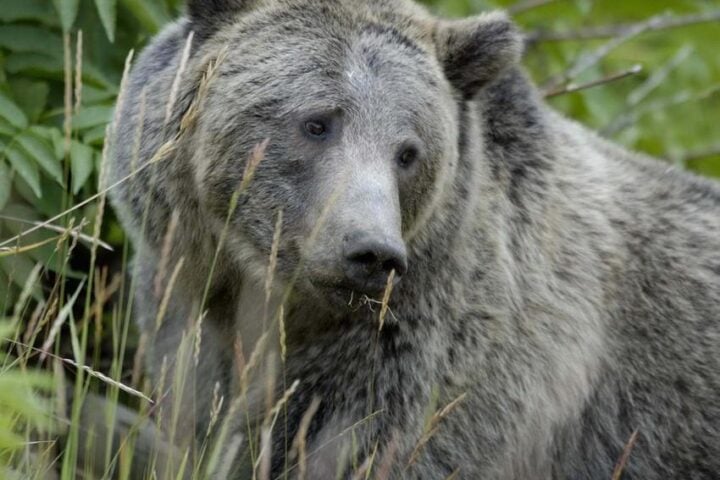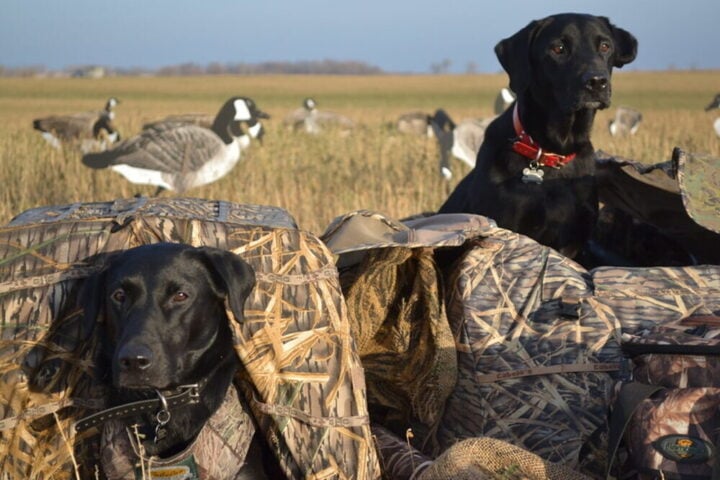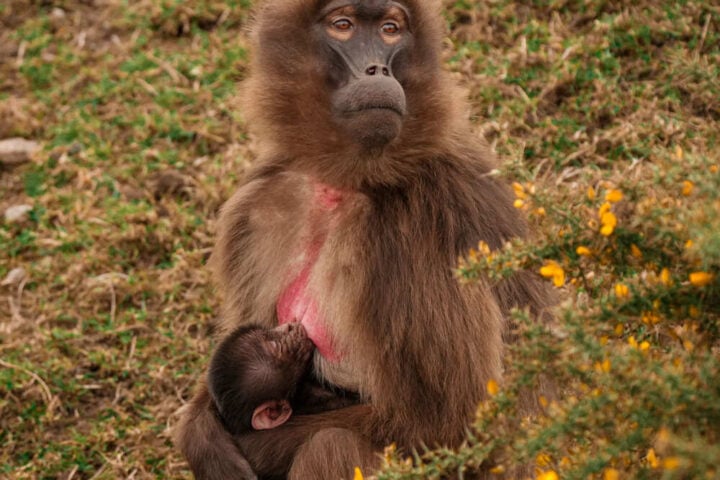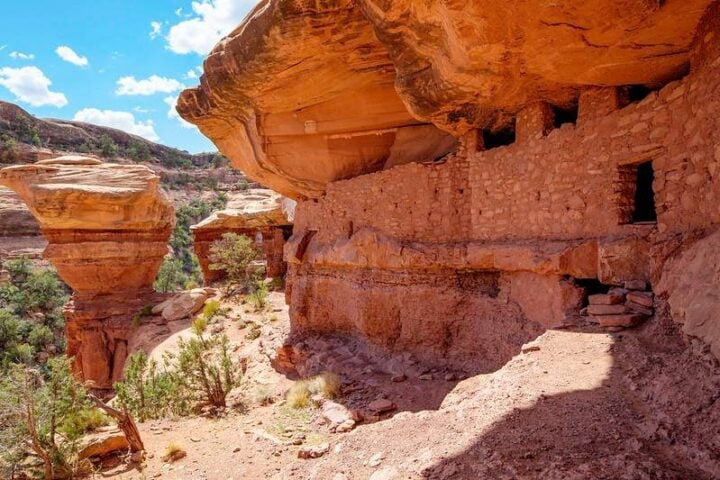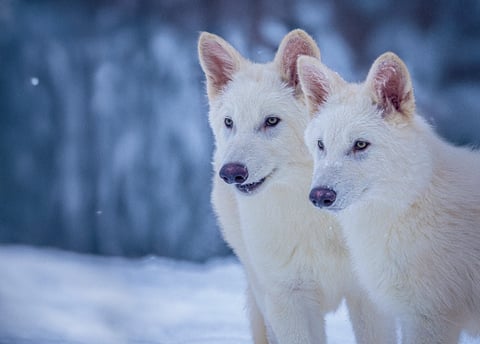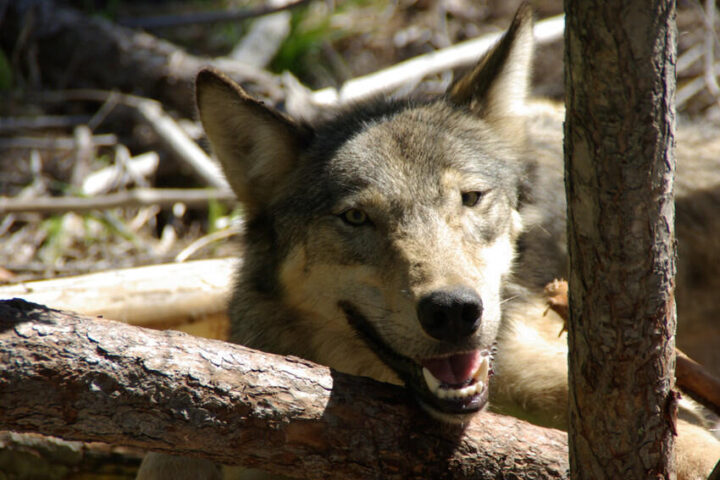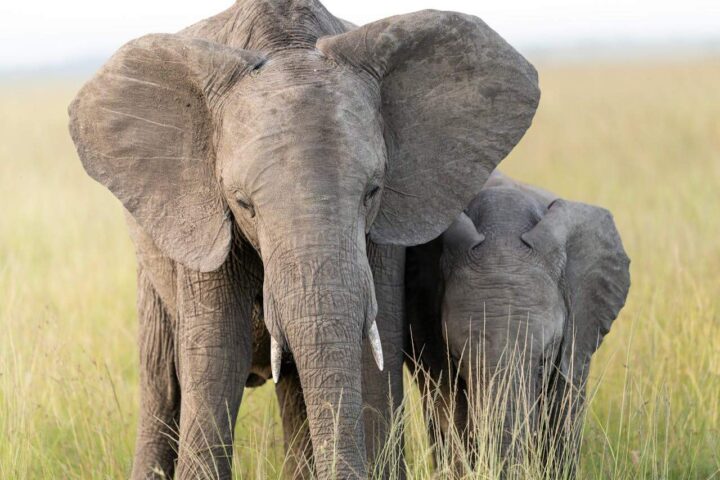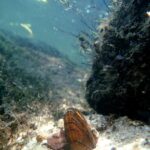Nine elephants have a new home that’s as big as 5 MCGs. The move from Melbourne Zoo to Werribee Open Range Zoo took five days and careful planning, like moving a very large family to a new house.
Luk Chai, a male elephant weighing four tonnes, went first. “He was very calm and comfortable for the entire journey,” said Dr. Bonnie McMeekin, who looked after him during the move.
The new home costs $88 million and includes dense vegetation, mud wallows, and interconnected waterholes for swimming and socializing. Think of it as a specially designed natural space, with all the features they’d find in their native habitat.
Moving the elephants wasn’t simple. It took 21 keepers, truck drivers, vets, and even the police to help. The elephants traveled in custom-built, air-conditioned crates. For the baby elephants, the crates had a special wall that allowed them to reach their trunks through to touch their mothers during the trip – similar to holding hands for comfort.
“Firstly, they were a little bit cautious,” said Erin Gardner, who works with the elephants. “But then you could see their natural curiosity started to take over.” The elephants showed their happiness by making different sounds – from loud trumpets to soft squeaks.
Similar Posts
The oldest elephant in the group, Mek Kapah, is 52 and has lived at Melbourne Zoo since 1978. The youngest are three baby elephants born over the past 18 months. In their new home, they’ll have space to walk as much as they would in the wild – about 10 kilometers each day.
“Within the first night, the whole herd were sleeping together,” Gardner said. This is like having the whole family choose to gather in one room – a sure sign they feel safe and happy in their new home.
The new space is special because it lets elephants be more like elephants. In their old home, they shared the space of Melbourne Zoo’s entire footprint. Now, they have that much room just for themselves. Visitors will soon be able to watch the elephants from special viewing areas, seeing how they live, play, and care for each other.

Mark Pilgrim, who runs Werribee Zoo, said: “We cannot wait to see these magnificent animals thrive in their expansive new habitat.” The zoo will let the elephants settle in before inviting people to see them in a few weeks.
This move shows how zoos are changing to give animals better lives. It’s like upgrading from a smaller space to a huge natural habitat – more space means happier, healthier elephants.
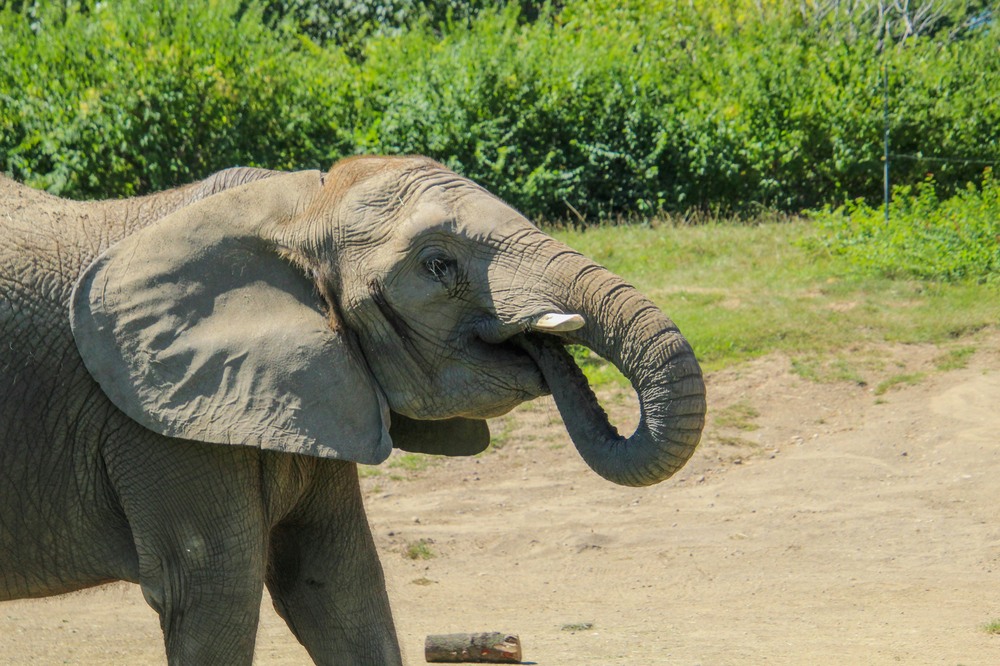


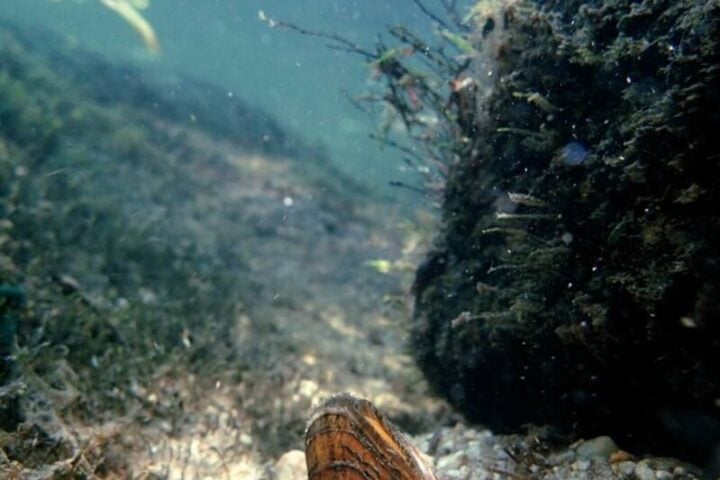
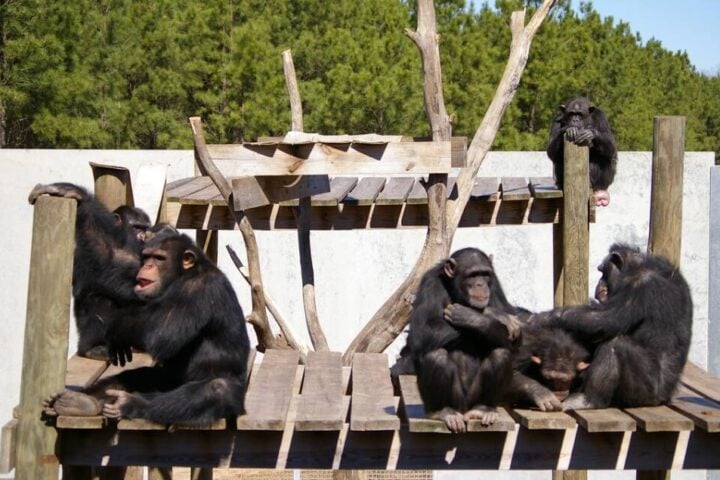
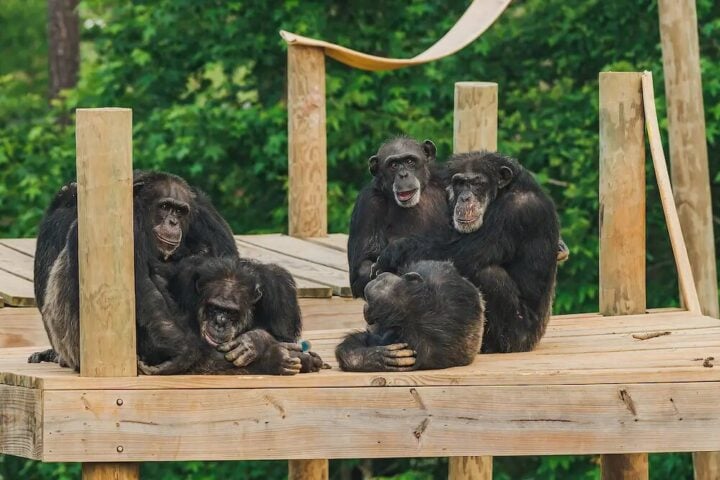

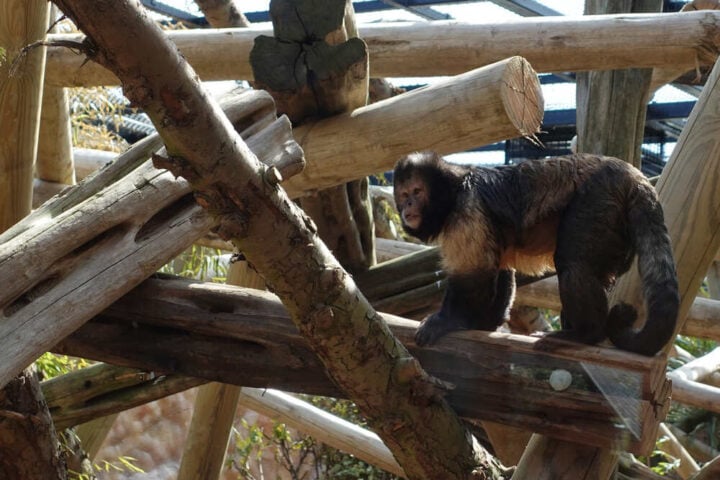
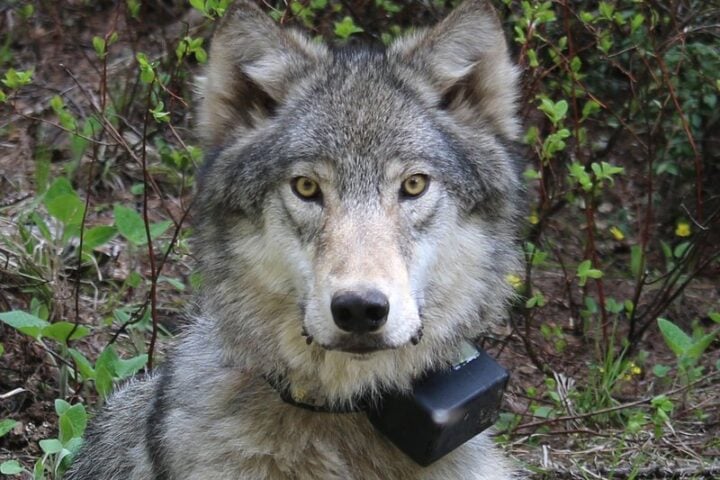
![Representative Image: European Starling [49/366]. Photo Source: Tim Sackton (CC BY-SA 2.0)](https://www.karmactive.com/wp-content/uploads/2025/04/Starlings-Drop-82-in-UK-Gardens-as-Birdwatch-2025-Reveals-Record-Low-Count-Since-1979-720x480.jpg)
